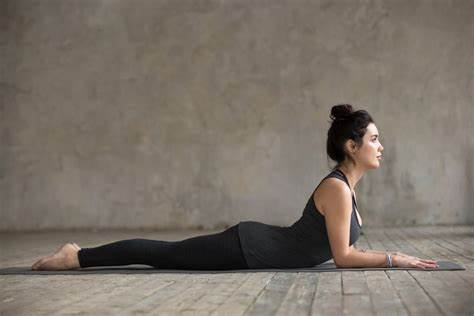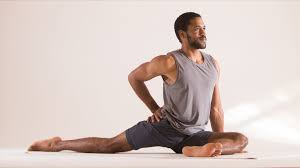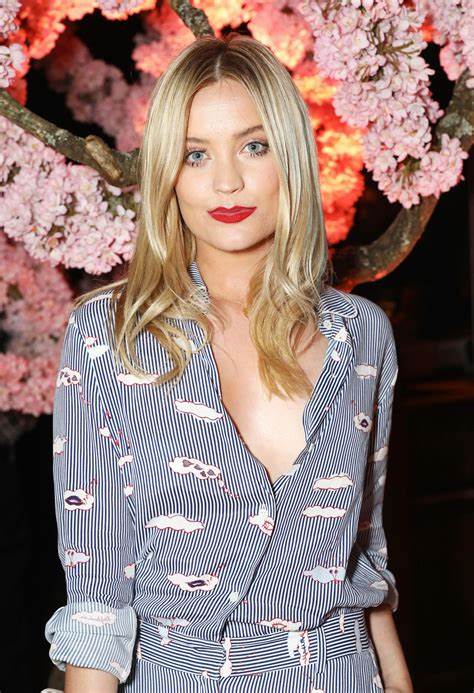We asked a Yoga teacher their top 3 favourite Yoga poses...
·

·
Here are our chief Yogi & senior Yoga teacher Laura Pearce's favourite poses, and why they're so good for you!
Sphinx pose (Salamba Bhujangasana)
This gentle backbend is one of my favourite Yoga poses (a rare thing as most backbends are very energetic and powerful!) that can be performed passively or actively. In it's more active form you can find a really lovely abdominal and hip flexor stretch, and we can contract the neck flexors nicely helping us to strengthen and refine our posture.
In it's passive form it can be one of the best Yoga poses for gently opening the front body, and can be great particularly if you've got the body posture type of a posterior tilter - this pose let's the pelvis rest in a more anterior tilt helping to balance that misalignment.
I like to use this pose as a precursor to deeper backbands, to ease the student into them. Sphynx pose can also help cultivate a nice balanced energy in the practitioner - it lifts and extends the spine helping us feel alert and 'switched on' (in traditional philosophy it's know to awaken Kundalini energy), whilst not being so intense that you can't fully relax and focus on your breath, adding a layer of calm to your practice.
.

Crescent moon pose (Añjaneyāsana)
This is a Yoga pose I teach very regularly. I'd say most of my classes involve a low lunge at some point in the practice, often early on to loosen up the hips and spine. It's also one of the best Yoga poses for a teacher to help gauge the mobility levels in the room - stepping from down dog into low lunge requires good hip mobility, strong hip flexors, and a strong deep core; it's a transition that beginners often struggle with.
Holding this pose and taking your time to refine it is a lovely way to feel and 'connect to' the whole body. It's a very holistic pose; there are strong alignment elements at the feet, legs, hips, torso AND arms, so you're pretty much having to focus on your whole body as one, which again is a great thing to do at the beginning of the practice to awaken and deepen your focus and awareness.
On the physical level if we engage the glutes nicely and keep the pelvis neutral we get a lovely hip flexor stretch (something most of us need to be doing regularly particularly if you have a sedentary job). We also work the muscles of the thigh isometrically if we ground the foot firmly. It can be performed with a lot of energy going up the spine moving it into extension - reaching up and back which turns it into a pretty deep backbend. This backbend shape is very energetic; the heart pumps faster and our breathing rate increases during such backbends so it's like a natural coffee shot - a lovely thing to practice first thing in the morning!
.

Corpse pose (Savasana)
Savasana, as simple as it seems, might just be, in my opinion, the best Yoga pose of all. It is also renowned in traditional texts as being one of the most important poses - you'll struggle to find a Yoga practice of any style or lineage that doesn't end in Savasana.
Savasana is our final stop that helps us to integrate and balance our entire practice. We consciously and actively soften all the muscles of the body, finding the contrast between the work that's gone before (stretch, squeeze, move, and breath with effort) and a total lack of work, or a state of total effortlessness.
In this state, we activate the body's parasympathetic nervous system, which is great for all internal body functions and of course to combat chronic stress. When we switch from our dynamic Asana into Savasana 'mode' we are also training the body and mind to switch from sypathetic activation to parasympathetic activation, and the more we practice that (and the longer Savasana we take) the more we can consciously master our self-regulation of stress. It's literally teaching us how to 'turn off' our stress response efficiently.
I actually practice Savasana after most movement practices I do whether it's Yoga or hitting the gym. Several studies show that 'active relaxation' (parasympathetic activation) can be more beneficial for muscle tissue recovery than stretching or even massage.
If you've ever practiced a long Savasana you might have also dropped into a spaced out sort of dream-like state that sort of makes you feel like you're mind has wondered off into a timeless, bodiless place; it's that state that I particularly love exploring in my Savasana, and usually for me comes at about minute 5 or 6.
.




